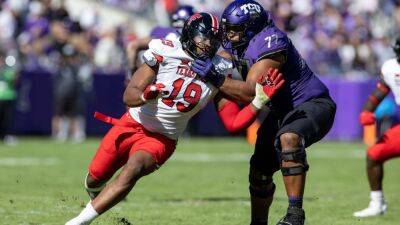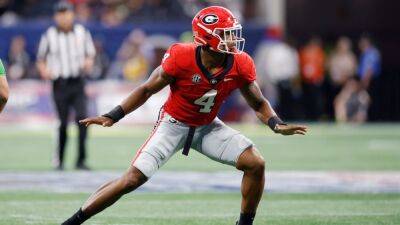2023 NFL draft running back projections: Rankings, comparisons
Running backs are likely to fall in the 2023 NFL draft for two reasons. First, this is a not an especially strong year for the top backs, with only one sure first-round prospect. Second, it is 2023, and by now coaches, pre-draft analysts, scouts and all NFL fans who are not living under the largest of boulders have recognized that running backs have traditionally been overrated, and that teams are wise to pick them in later rounds and save high picks for the true premium positions.
This year's BackCAST projections suggest bargain-bin shopping for running backs might be an even better strategy than it usually is. There is no generational prospect in this draft, and after Texas' Bijan Robinson, there is little separating the next tier of runners from one another. Put simply, why would a team use a first-, second- or even third-round pick on a prospect who is just as likely to succeed as a prospect available in the fourth or fifth round?
Here is how our Football Outsiders projections work. BackCAST projects NFL success based on statistics that have correlated with success in the past. Historically, a college running back who has a good size-speed combination, has a high average yards per carry and represented a large percentage of his college team's running attack is more likely to succeed at the NFL level. BackCAST considers these factors and projects the degree to which the running back will exceed the NFL production of an «average» drafted running back during his first five years in the NFL.
For example, a running back with a plus-50% BackCAST is projected to gain 50% more yards than the «average» drafted running back. BackCAST also projects whether each running back is likely to be heavily involved in the receiving game








